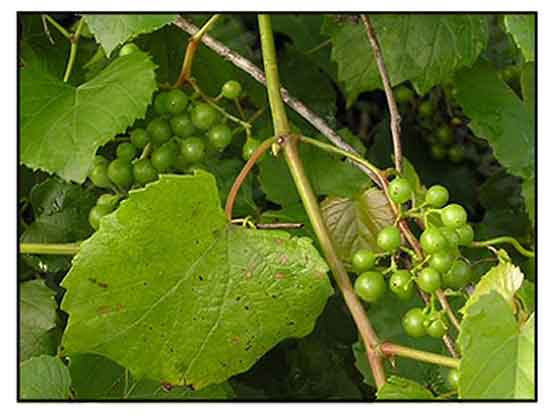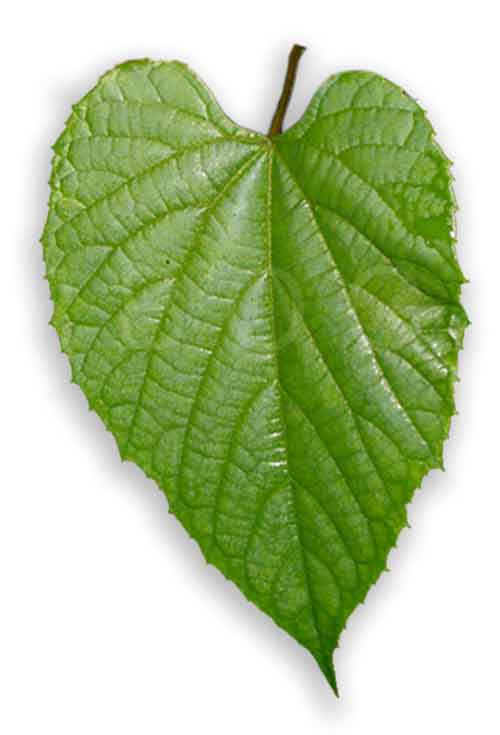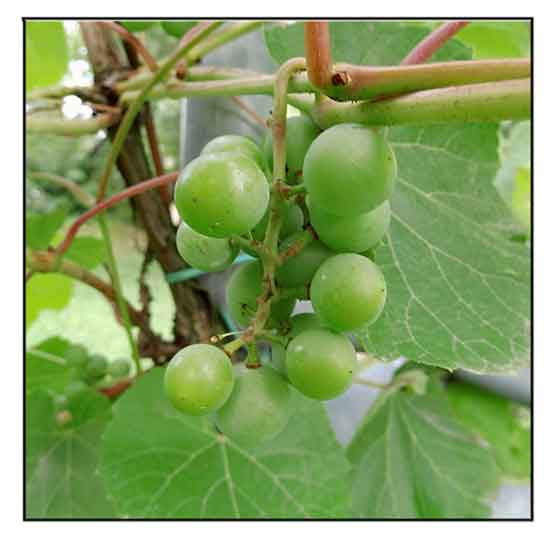
Family • Vitaceae
Oriental grape
Vitis flexuosa Thunb.
CREEPING GRAPEVINE
Gelei pu tao
| Scientific names | Common names |
| Vitis flexuosa Thunb. | Creeping grape (Engl.) |
| Vitis flexuosa f. typica Planch. | Creeping grapevine (Engl.) |
| Accepted infraspecifics (3) | Oriental grape (Engl.) |
| Vitis flexuosa var. flexuosa | Himalayan wild grape (Engl.) |
| Vitis cavaleriei H.Lév. & Vaniot | |
| Vitis cinerea Noronha | |
| Vitis flexuosa var. chinensis H.J.Veitch | |
| Vitis flexuosa var. crassifolia Uyeki | |
| Vitis flexuosa f. crassifolia (Uyeki) H.Hara | |
| Vitis flexuosa f. parvifolia (Roxb.) Planch. | |
| Vitis flexuosa var. parvifolia (Roxb.) Gagnep. | |
| Vitis flexuosa var. wallichii (DC.) F.S.Wang | |
| Vitis parvifolia Roxb. | |
| Vitis purani Buch.-Ham. ex D.Don | |
| Vitis succisa Hance ex Walp. | |
| Vitis sylvestris Blume | |
| Vitis truncata Blume | |
| Vitis vinifera var. truncata (Blume) Kuntze | |
| Vitis vitiginea var. truncata (Blume) Kuntze | |
| Vitis vulpina var. parviflora (Roxb.) Regel | |
| Vitis wallichii DC. | |
| Vitis flexuosa var. rufotomentosa Makino | |
| Vitis flexuosa subsp. rufotomentosa (Makino) Murata | |
| Vitis gilvotomentosa Makino & F.Maek. | |
| Vitis rufotomentosa (Makino) Makino | |
| Vitis flexuosa var. tsukubana Makino | |
| Vitis tsukubana (Makino) Maek. | |
| Vitis flexuosa is an accepted species. KEW: Plants of the World Online | |
| Other vernacular names |
| CHINA: Ge lei pu tao. |
| HIMALAYA: Jangali angoor. |
| VIETNAM: Nho cong queo, Nho diu,, Nho dai. |
Gen info
Distribution Constituents Properties Availability |
November 2023
![]()
 |
| PHOTOS / ILLUSTRATIONS |
| IMAGE SOURCE: Vitis flexuosa - leaves and fruits / © Jan Richtr / Non-commercial use / image modified / click on image or link to go to source page / biolib.cz |
| OTHER IMAGE SOURCE: Vitis flexuosa - leaf / © Jingxin Liu / Non-commercial use / image modified / click on image or link to go to source page / Virboga.de |
| OTHER IMAGE SOURCE: Vitis flexuosa - leaves and fruits / © Xinya & Artemisia / Non-commercial use / image modified / click on image or link to go to source page / Zhiwutong.com |
Additional
Sources and Suggested Readings |
• |
DOI: It is not uncommon for links on studies/sources to change. Copying and pasting the information on the search window or using the DOI (if available) will often redirect to the new link page. (Citing and Using a (DOI) Digital Object Identifier) |
| List of Understudied Philippine Medicinal Plants |
| New plant names needed The compilation now numbers over 1,300 medicinal plants. While I believe there are hundreds more that can be added to the collection, they are becoming more difficult to find. If you have a medicinal plant to suggest for inclusion, native or introduced, please email the info: local plant name (if known), any known folkloric medicinal use, scientific name (most helpful), and, if possible, a photo. Your help will be greatly appreciated. |
• |
 |




